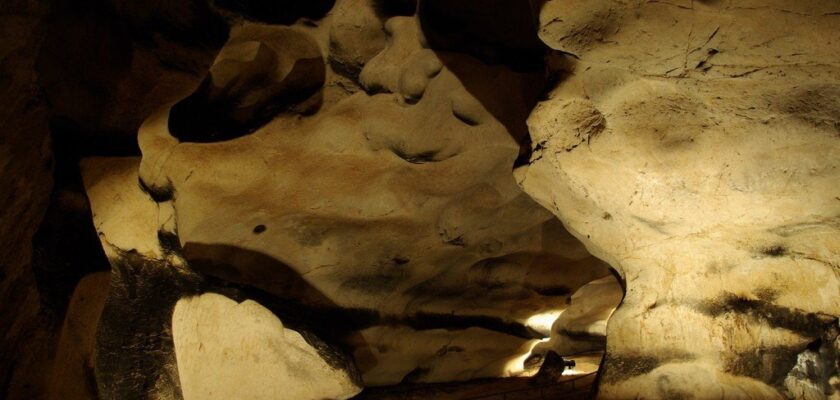Magura Cave
Magura Cave is a Bulgarian cave known for its beautiful underground corridors and many expressive rock paintings. About seven hundred images made in the Bronze Age, about 5-6 thousand years ago, are considered to be the oldest examples of primitive art that have survived in Europe. The cave is located on the slope of a limestone mountain near Lake Rabiško, and until 1972 it was called Rabiška Cave.
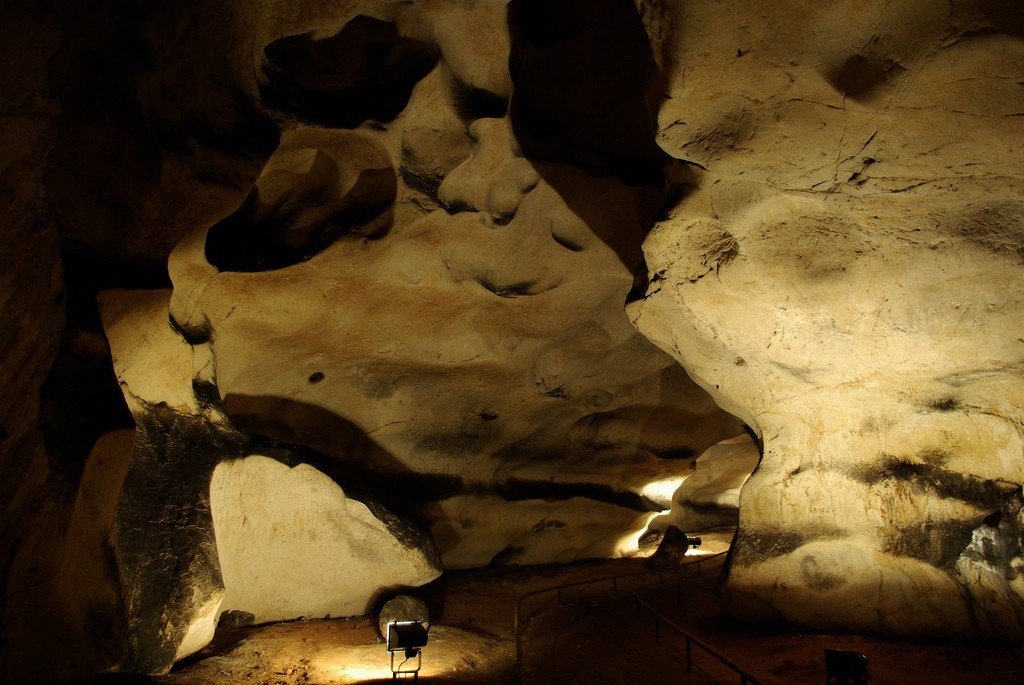
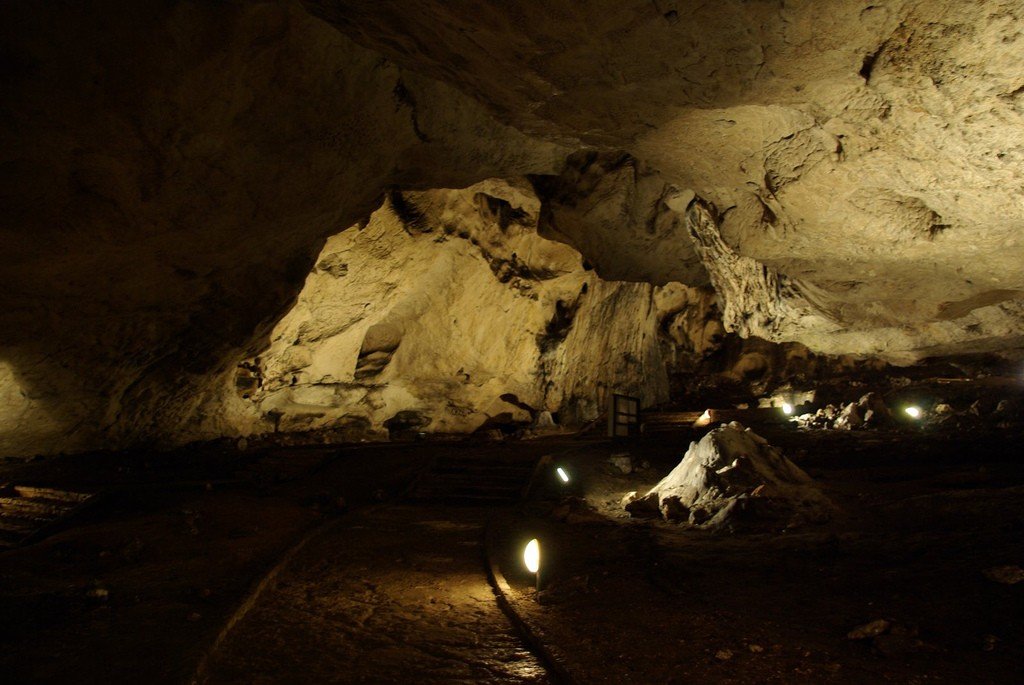
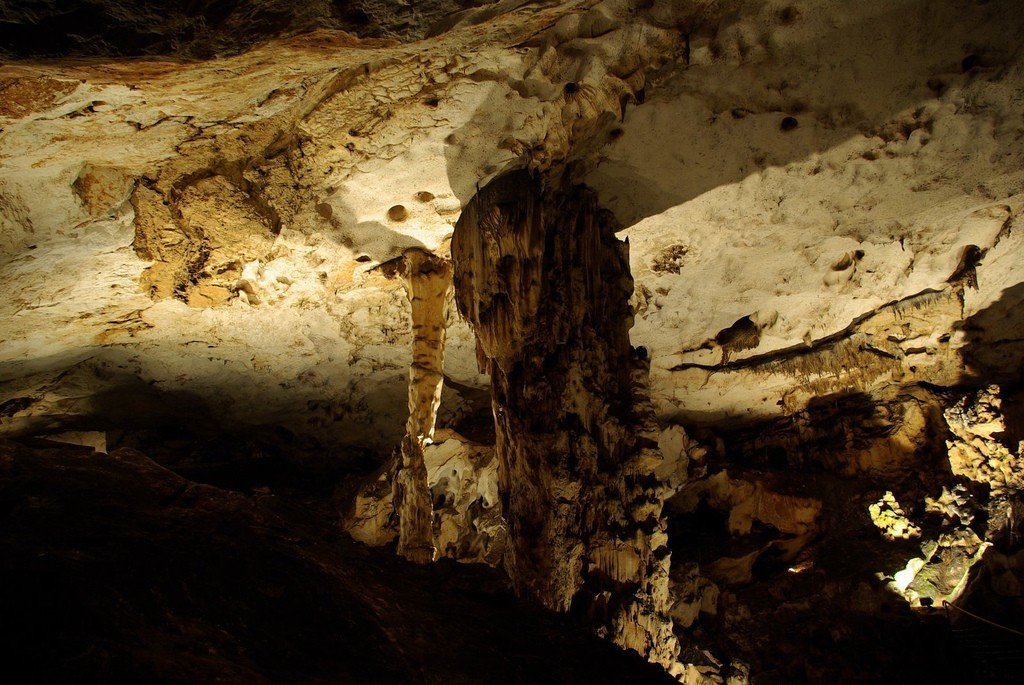
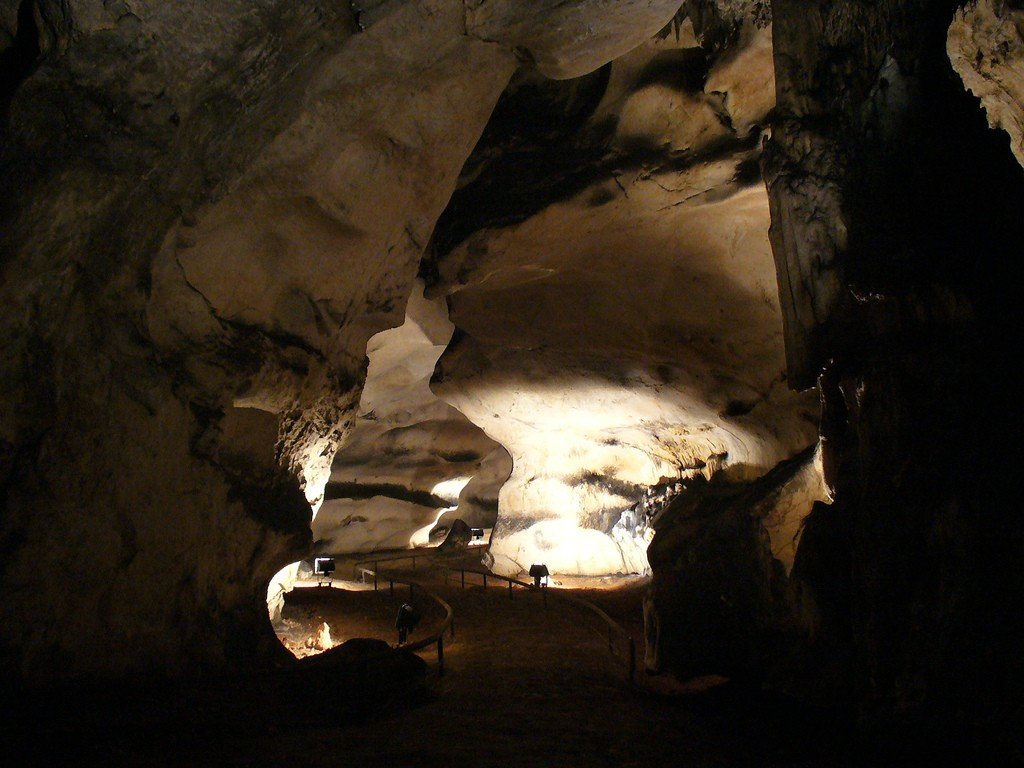
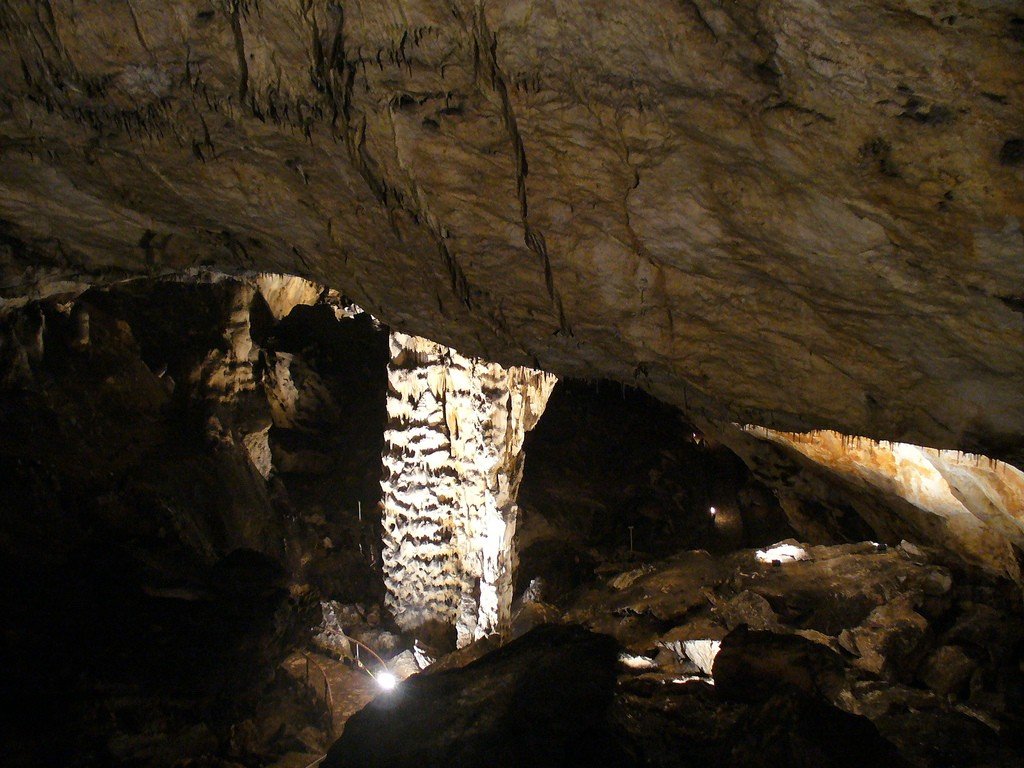
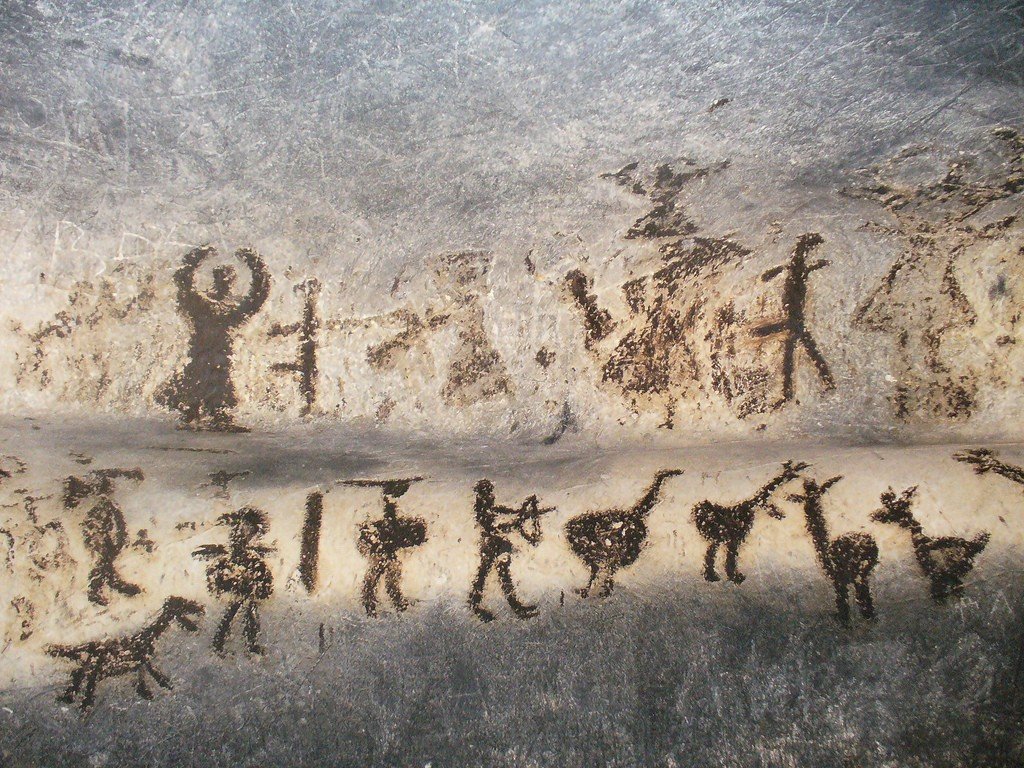
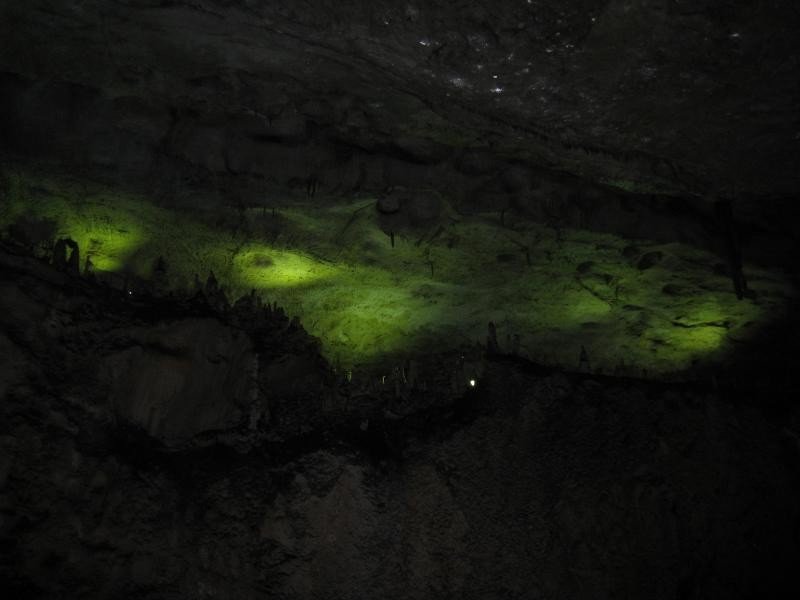
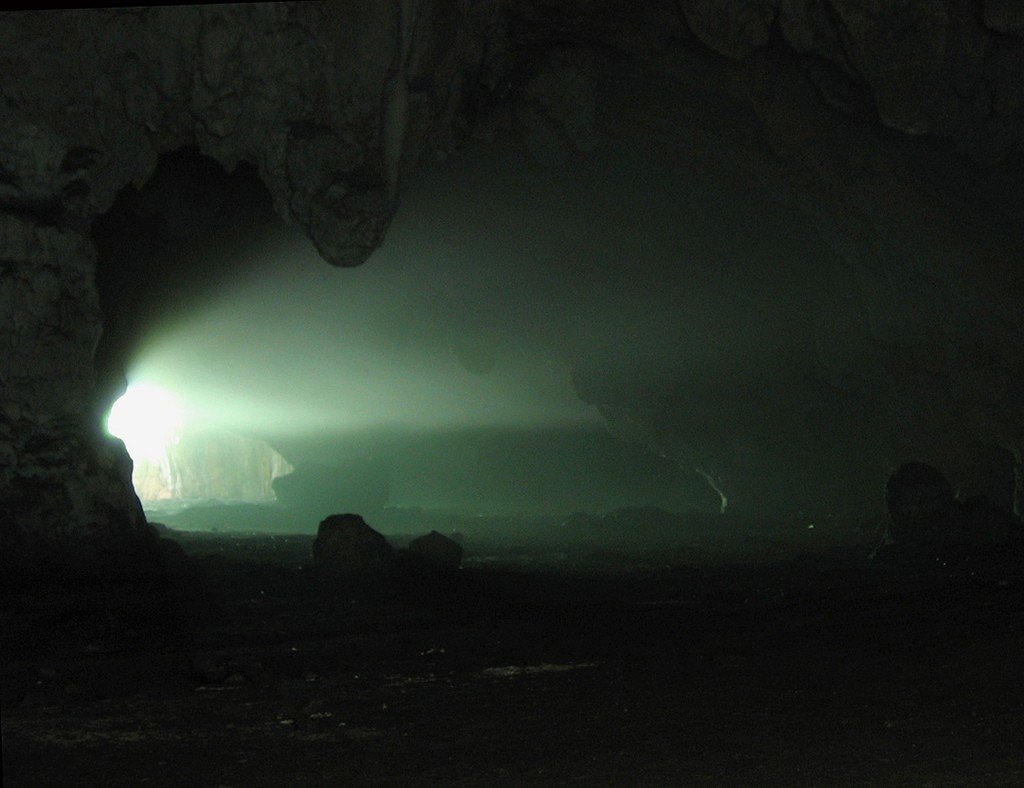
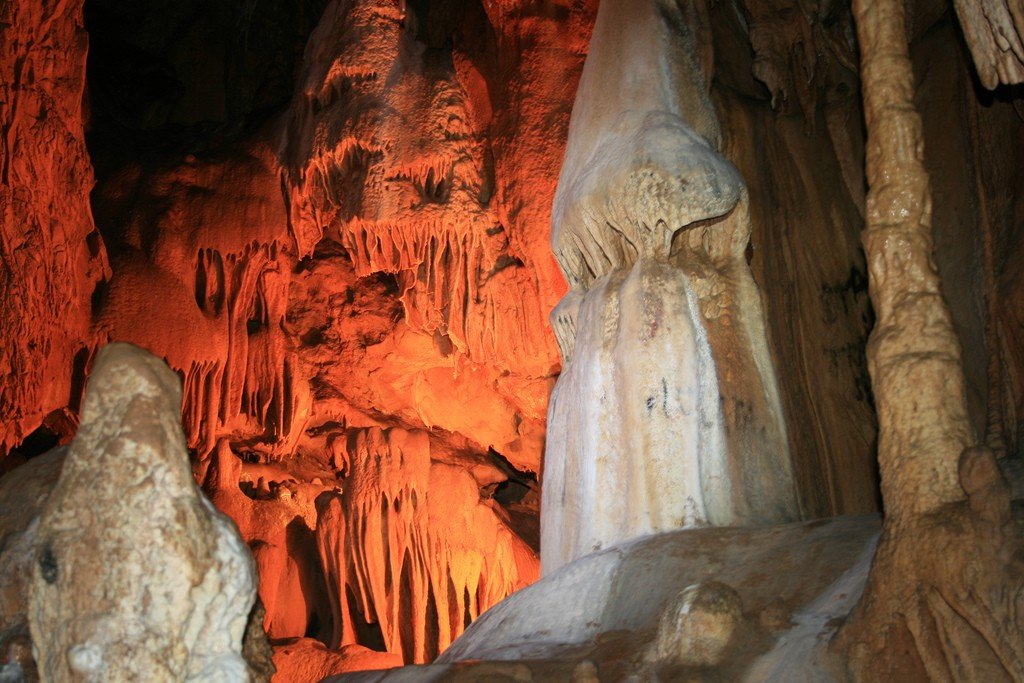
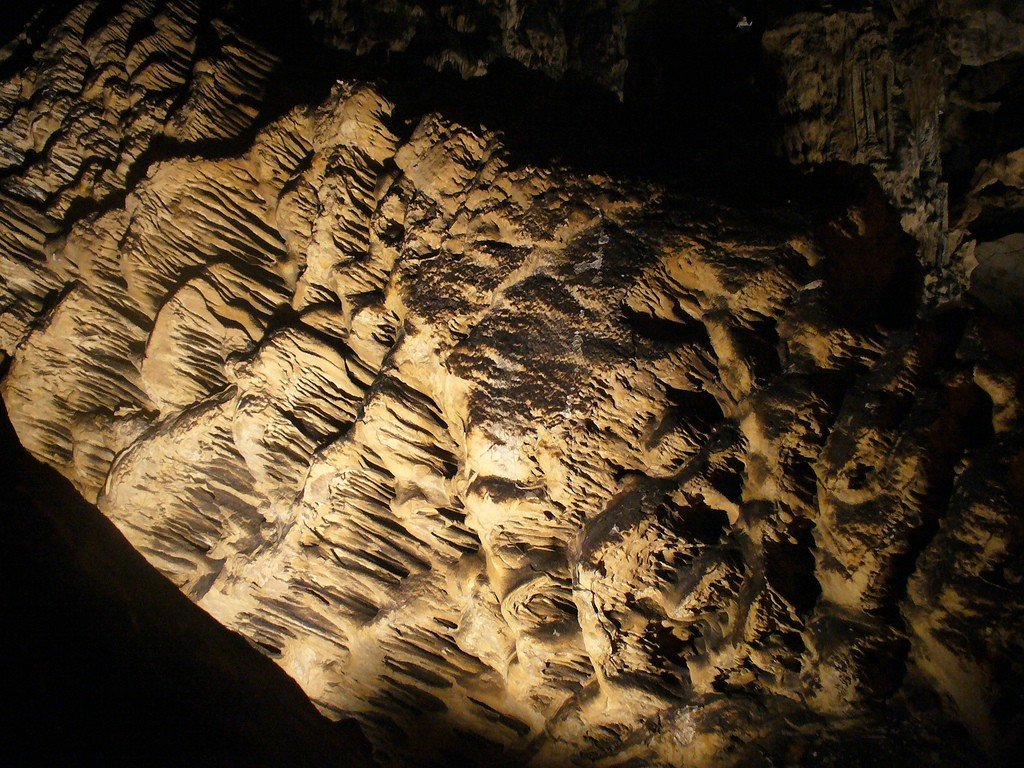
Video: Magura Cave
Highlights
Scientists believe that Magura Cave was formed 15 million years ago. On its walls you can see painted figures of men and women, hunting scenes, images of animals, plants, sun and stars. Bulgarian scientists are sure that an ancient solar calendar is represented here. Such rock art is unique for the Balkans.
.The cave is 2608 meters long and consists of halls and long galleries. It is decorated with picturesque stalactites, stalagmites and stalactones. The largest of them “Golemiyat stalacton” rises 20 meters and has a diameter at the base of 4 meters.
.
The spacious “Triumphal Hall”, 30 m high, 130 m long and 58 m wide, has excellent acoustics, so classical music concerts are regularly held here. The ceiling of the underground hall “Skrutishche” rises to 27 meters. Bulgarian partisans practiced in the Arrowbeam Hall during World War II. Magura Cave also has its own “Wailing Wall”, with beautiful city-like stalagmites towering over it. This place goes by the name “Baghdad.”
These days, the underground corridors are used for economic purposes. Champagne is made here and Magura sparkling wine is stored here.
History of cave exploration
Magura Cave is notable for the fact that it has always been inhabited throughout its long history. Several thousand years ago it was inhabited by primitive people. The cave was used during the Roman Empire and the Middle Ages, so the ceilings in many places are blackened from the smoke of fires and torches.
.
Archaeologists first began excavating underground in 1927. They found fragments of dishes from the Neolithic and Bronze Age. In 1976, scientists discovered the remains of dwellings and ovens, flint tools, animal bones and deer antlers.
In the 1970s, archaeologists began to excavate the site.
In the 1970s, patients with bronchial asthma were treated inside the Magura Cave. The constant temperature and humidity, as well as the clean ionized air, helped recovery, and one of the halls still bears the name “Sanatorium.”.
Tourist Information
Magura Cave is open daily from 10.00 to 16.30. It offers tours every hour. Tickets for adults cost 5 leva. In the halls with drawings are allowed for an additional fee – 6 leva. Family tickets cost 18 leva.
.For tourists in the underground corridors and halls laid comfortable paths with handrails, made artificial lighting. It takes about 5 hours to explore all parts of the cave, but travelers are not taken everywhere. The length of the excursion route through the cave is 1750 meters. It is laid along the main gallery with six halls, from which three more galleries branch off to the sides.
.
Year-round under the ground the temperature remains +11…+12 ° C, so tourists are advised to dress warmer. It is worth having shoes that are not sorry to get dirty, as well as take gloves and a flashlight. In the cave Magura inhabited by bats, but visitors are asked not to photograph them, so as not to disturb frightened animals. A store near the cave exit sells wine, champagne and souvenirs.
.How to get there
Magura Cave is located to the south of Lake Rabiško, near the village of Rabiša, which is located in the Vidin region. It is 24 km away from Belogradchik and 47 km away from Vidin. You can reach the cave by cab, rented car or tour bus.
.